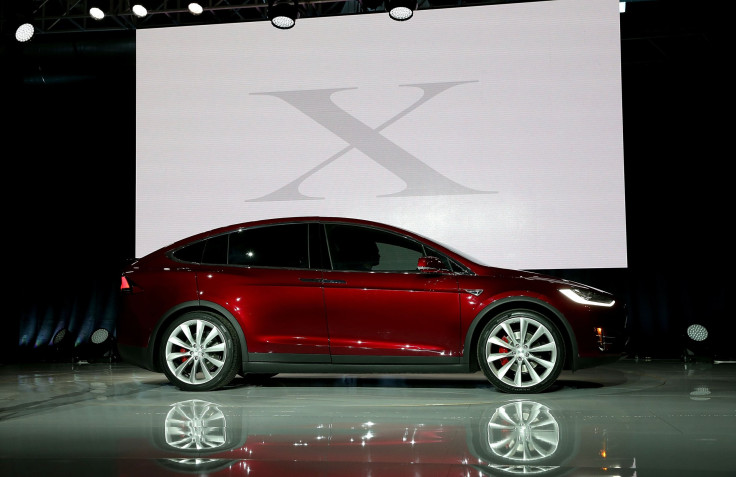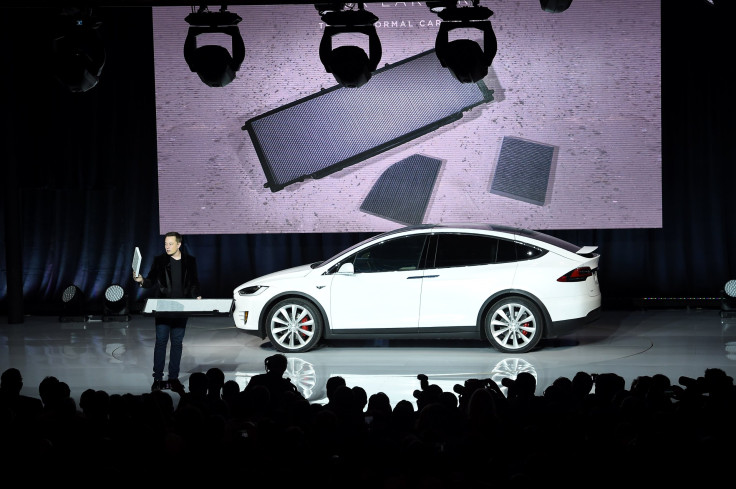Tesla Model X Beats Mercedes Benz EQC, Audi E-Tron In Towing Power Test

The Tesla Model X was a great tractor when it began mass production in 2015 and it's still a great tractor (or towing vehicle) today.
This fact was once again borne out, this time in a test run by the more than two-decade old Norwegian Electric Vehicle Association (NEVA). This non-profit, whose aim is to promote electric vehicles (EVs) that run fully or partially on renewable energy, recently conducted a rigorous camper trailer towing test where the Model X Long Range (100D) took on a Mercedes-Benz EQC 400 and an Audi e-tron 55.
And, yes, one can actually tow a trailer with an EV. The reverse of this fact is one myth that simply refuses to die.
But first, a look at all three contenders and how they stack up as tractors:
- Tesla Model X Long Range (100D) towing capacity: 2,267 kg/5,000 lbs.
- Mercedes-Benz EQC 400 towing capacity: 1,800 kg/4,000 lbs.
- Audi e-tron 55 towing capacity: 1,800 kg/4,000 lbs.
The stats give the Model X a huge advantage and the tests proved this point.
NEVA had these three EVs drive 1,381 kilometers for three days towing identical camper trailers. To make the test fair, each EV didn't pull the same trailer for the entire test. Three experienced EV drivers also drove the vehicles and often changed vehicles.
At the end of three grueling days plowing through Norway's hilly and rough terrain, the verdict came in. By far, the Tesla Model X was the most efficient electric SUV with and without a trailer.
The key test was a kilowatt hour per kilometer (kWh/km/mi) test that measured how many kilowatt hours of electricity the EVs consumed traveling distance of one kilometer.
The Tesla Model X Long Range (100D) was the most efficient, expending 279 Wh/449 Wh with trailer and 153 Wh/246 Wh without trailer.
This compares to the Mercedes-Benz EQC's 306 Wh/492 Wh with trailer and 163 Wh/262 Wh without trailer. The Audi e-tron ate up 353 Wh/568 Wh with trailer and 185 Wh/298 Wh without trailer.
The results mean the EQC with a trailer required about 10 percent more energy to travel the same distance as the Model X. The Audi e-tron with a trailer required about 27 percent more energy to travel the same distance as the Model X.

“The ability of electric vehicles to regenerate a great deal of energy in the hilly fjord landscape is mentioned. This means that excess consumption, which may be suitable to cause range anxiety in small moments, is greatly leveled down," said NEVA in its report about the tests.
NEVA concluded that all three EVs are great as tractors, but the Tesla Model X is the best based on range and efficiency.
“Model X is undoubtedly the best tractor, if all criteria are used. Under ideal conditions, it goes 300 kilometers on one charge, while the two competitors must settle for 230-240. Regardless, it would make sense to assume 250 kilometers for the Model X and 200 for the other two, if one does not have control on topography and consumption.”
© Copyright IBTimes 2025. All rights reserved.



















